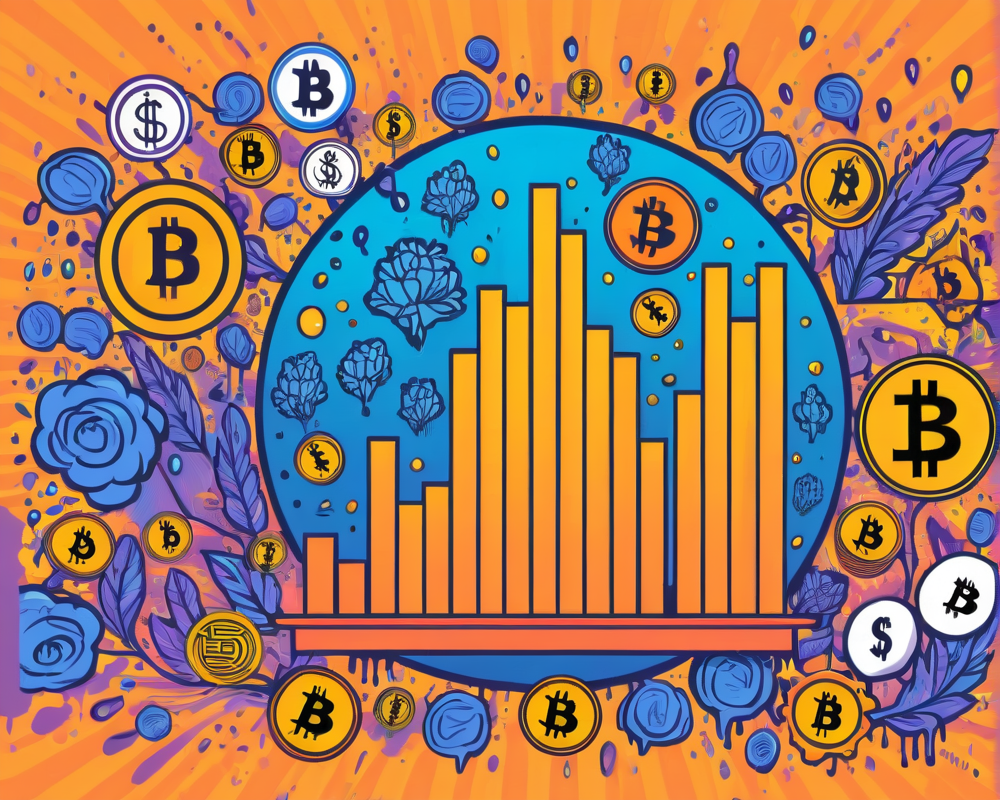The Rise of Stablecoins
Stablecoins have exploded onto the cryptocurrency scene, rapidly growing fourfold since the dawn of 2021. These digital assets are lauded for creating a bridge between volatile cryptocurrencies and more stable fiat currencies, enabling traders and investors to easily shift funds while keeping value intact. However, with great power comes great responsibility—and perhaps, great risk.
Transparent or Topsy-Turvy?
What keeps the trust in stablecoins secure? It’s all about reserves. Recent reports have raised eyebrows regarding the transparency of these backing assets. Most major stablecoins have revealed that a substantial chunk of their reserves consists of riskier assets like commercial papers, rather than cold hard cash. This prompts a few nagging questions: Is this really sustainable? What happens if the market takes a nosedive?
Sowing the Seeds of Doubt
Should a market downturn occur, there’s a rising concern that stablecoin issuers may face a scramble to fulfill redemption requests. Picture this: investors rush for the exits, yet the stablecoin issuer finds itself stuck with assets that won’t liquidate fast enough—cue the panic music.
Voices of Concern
Financial commentator Frances Coppola succinctly captures this tension:
“The whole thing holds up as long as everybody believes it’s fine and they’re all using it for their trading. Nobody’s ever trying to cash out.”
It’s a precarious balancing act—if trust falters for even a moment, the implications could ripple across the entire market.
The Traditional Markets Take Note
It’s not just crypto enthusiasts who are scrutinizing stablecoins; governments worldwide are watching closely, too. The fear of a stablecoin catastrophe spilling into traditional financial markets is prompting calls for stricter regulations. As stablecoins gain traction, there’s a growing consensus that regulatory frameworks need to evolve to ensure stability and protect consumers.
Strategies for Stability
- Improved Disclosure: Regular and detailed updates about reserves can build consumer confidence.
- Regulatory Frameworks: Governments can develop guidelines that require stablecoin reserves to be held in safer assets.
- Diversification of Assets: Encouraging issuers to maintain a mix of assets can help in more volatile markets.
The Road Ahead
So, how serious is the risk posed by stablecoins? It’s a complex web of risks and rewards. As we move forward, the narrative will likely include more debate around regulations, transparency, and consumer protection. To understand this nuanced topic further, consider tuning into more in-depth discussions or keeping an eye on reliable financial news sources.




